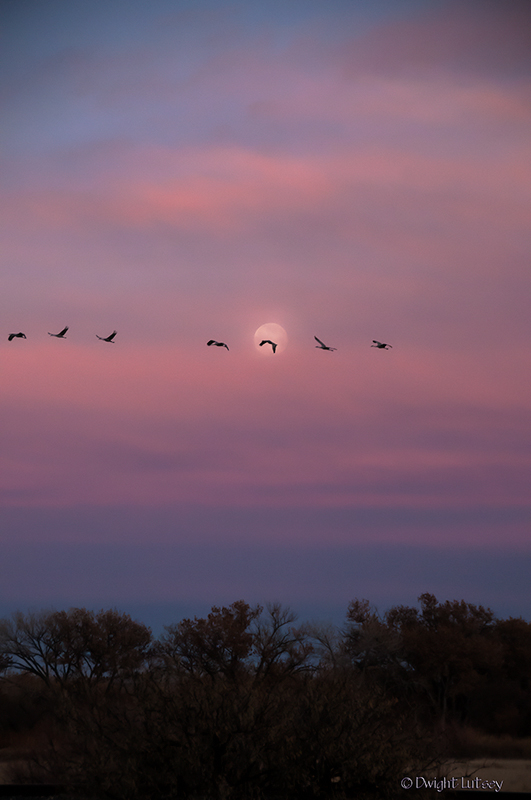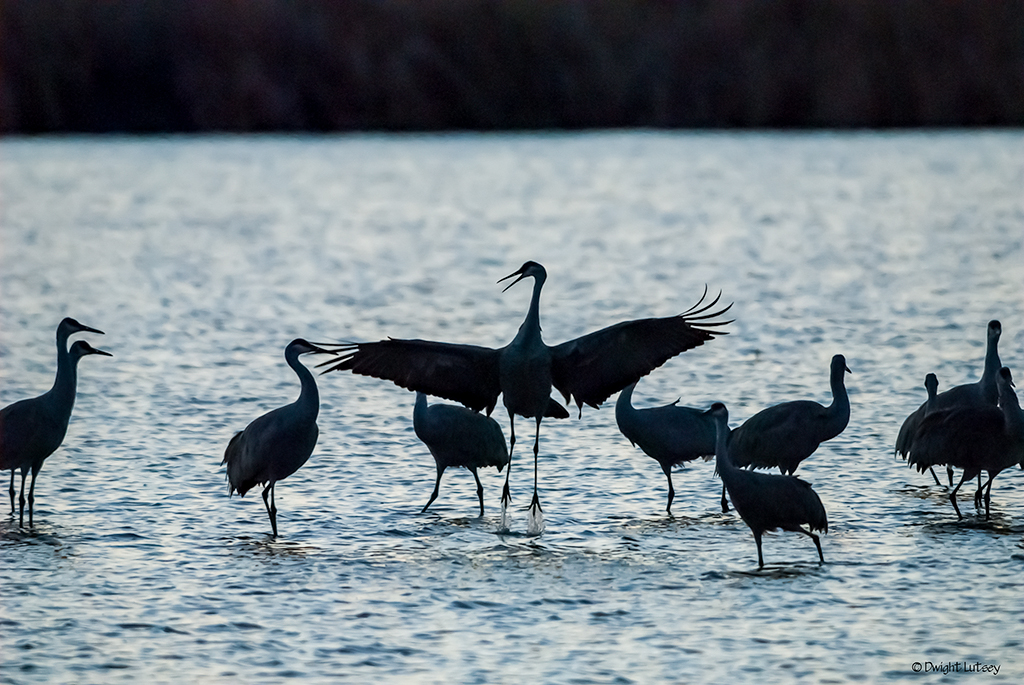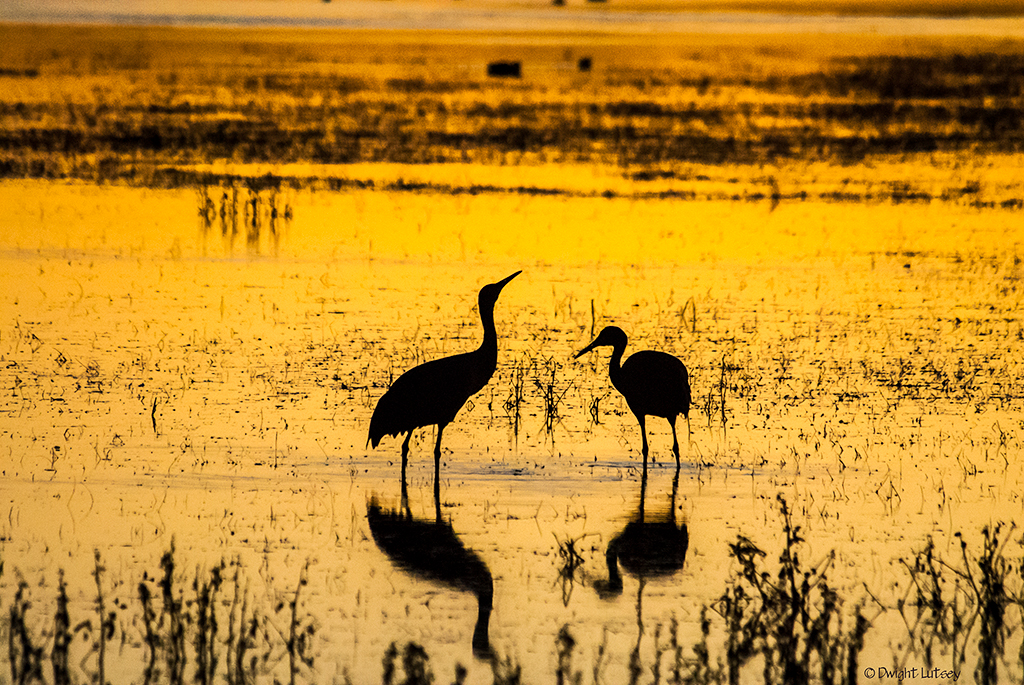click to enlarge
There has been a lot of talk lately about these new kind of moons, these Super Moons, that have appeared over our countryside. It’s unclear exactly where these new moons came from. Personally and it is the prevailing thought here at the Institute that we, as a country, were out of the moon making business. We had a perfectly serviceable one that had been performing adequately for years and now suddenly we have a bunch of new moons hanging around and we’re supposed to just accept them without question. Well I have a question. How much did all these new moons cost? Wasn’t this something we should have voted on? Who asked for a new moon anyway? Does this new moon have anything to do with the erosion of our personal liberties, not to mention our privacy.
One of the largest concerns we have and you should have too, is that this new Super Moon that has begun slinking through the night sky, and sometimes the day one too, acting as if it has a perfect right to be here, is already here, apparently we cannot take it back. So, if it is larger does that mean it is closer, and if it is closer does that mean that anyone on it can see us better? Are they using this new moon to monitor our night-time activities? Who exactly is in charge here? If they can just run a brand new moon past us without any warning What’s next ?!?
Where is the public outcry, the demonstrations, the indignation of the people? I haven’t seen one sign holder down on the corner of College and Mulberry shaking their signs in nearly hysterical frustration saying “Honk if you hate the new moon.” “Super Moon Sucks!” and “Old Moon First-ers”. People you can not get this complacent. ‘They’, and you know which ones I’m talking about, will not be content with just fleecing us for a new moon, oh no, there’s plenty more in their liberal bag of tricks. They think because everyone is more energy conscious these days that we’re going to roll over and buy this feeble excuse that ” The new moon is greener, the new lighting involved in illuminating this new Super Moon saves Americans huge amounts of money by being more efficient. 50% savings every full moon.”, etc. Well I’m calling BullPucky on that crap, so to speak.
Where are all the EPA studies? This new Super Moon for those of you who don’t read or understand fully what you see on TV, is a larger, like really huge, moon that is much brighter and more arrogant than our old perfectly good moon is, or was I should say. And because of these new aspects of this moon there are some huge environmental problems involved here, and we here at the Institute have been documenting some of them for an exclusive expose we are planning in the near future. We’re telling it like it is, black helicopters be damned, because you the reader deserve to know.
In the image above you can see one of the tragic repercussions of this wanton disregard for Nature. Who are we to think that we can just alter conditions that have been in existence for millenniums, or at least for a long time. The Sandhill cranes pictured above are having to fly a minimum, by our calculation, of 30% further to fly past this new Super Moon than they have had to do for countless years before with our old perfectly good moon. Yes this “New” moon, this Super Moon is so large that these poor exhausted birds must flap their huge wings over and over again to simply get past this new moon. No wonder the Sandhill Crane population is dwindling. They no longer have the energy required for mating, or as it is known in the birding world as “bumping their uglies” and other nighttime activities that they exercised so freely and ribaldry before. Everyone responsible for this whole mess should be made to stand out here in the cold bitter night and hear the pitiful cries of these magnificent birds as they grope their way past this new phenomenon into a lower wattage future. Our arrogance will bear bitter fruit I fear.
Take a stand. NO more new celestial bodies without a full feasibility study and public input. No more changing the environment by unfeeling, inexperienced, progress at any cost, bureaucrats. No more. Like my Dad used to say “Just leave it the hell alone.” a philosophy that has stood the test of time. The next time they float one of these new Super Moons past you, just say no. Don’t look. If enough people don’t look they’ll get tired of it and take it down and then where will they be, out on their fat, pork fed hineys’, that’s where. Stay tuned for further updates, we’ll have more on this dangerous trend in moon shifting in a month or so. Remember, Be Vigilant and if you’re passing by those Sandhill Cranes’ breeding ground some Supermoonlit night, give them some privacy, don’t look.




You must be logged in to post a comment.